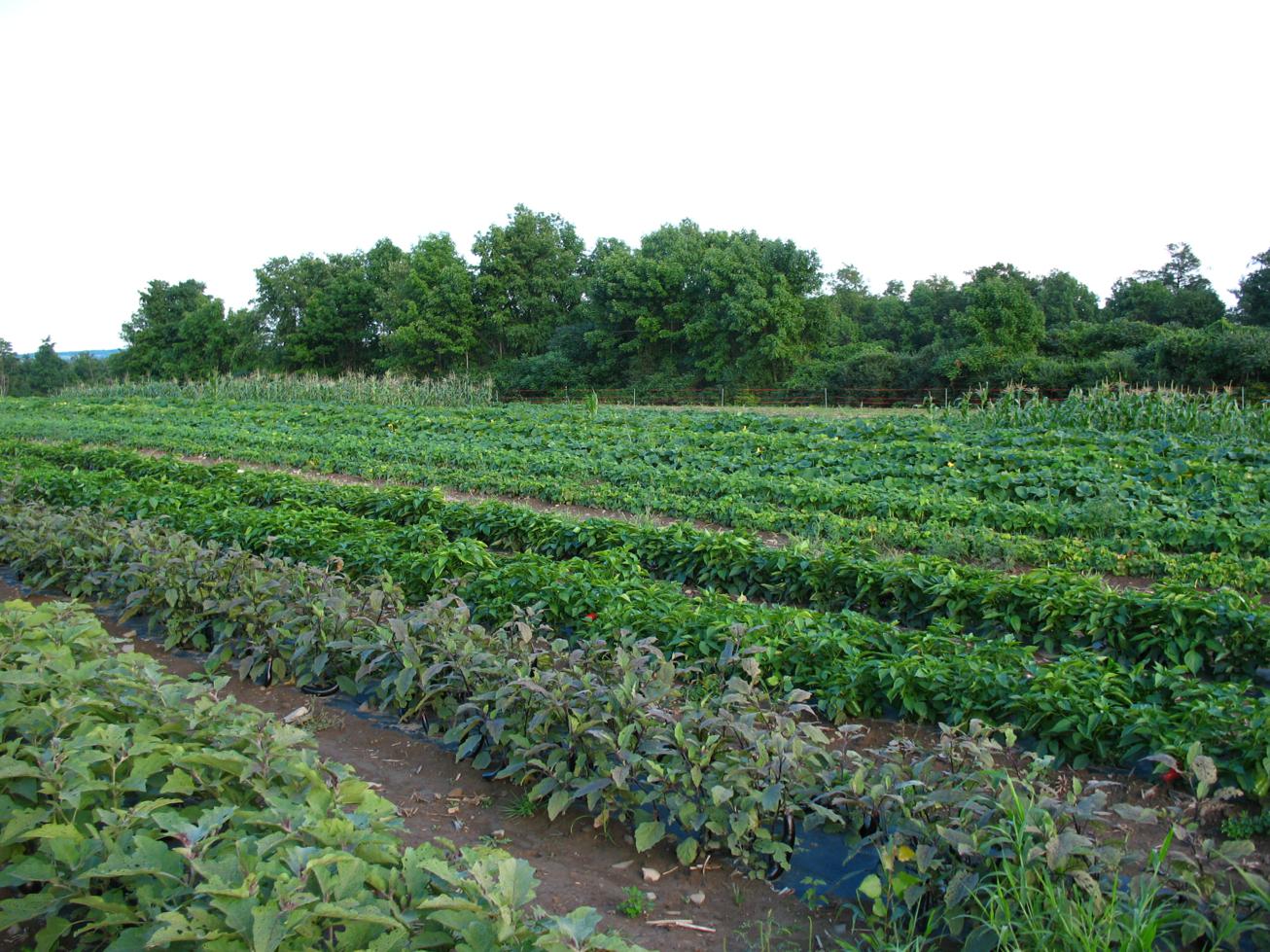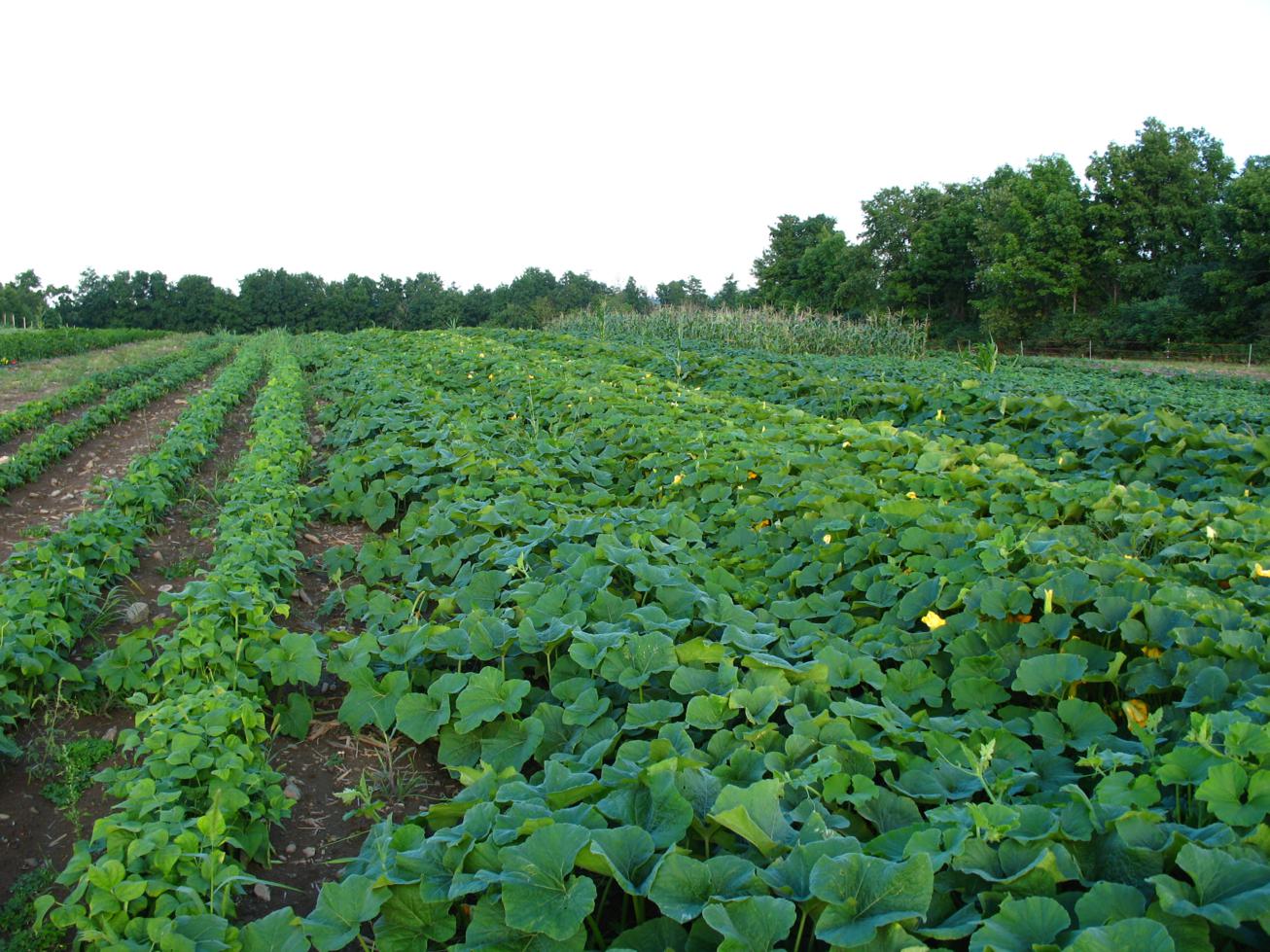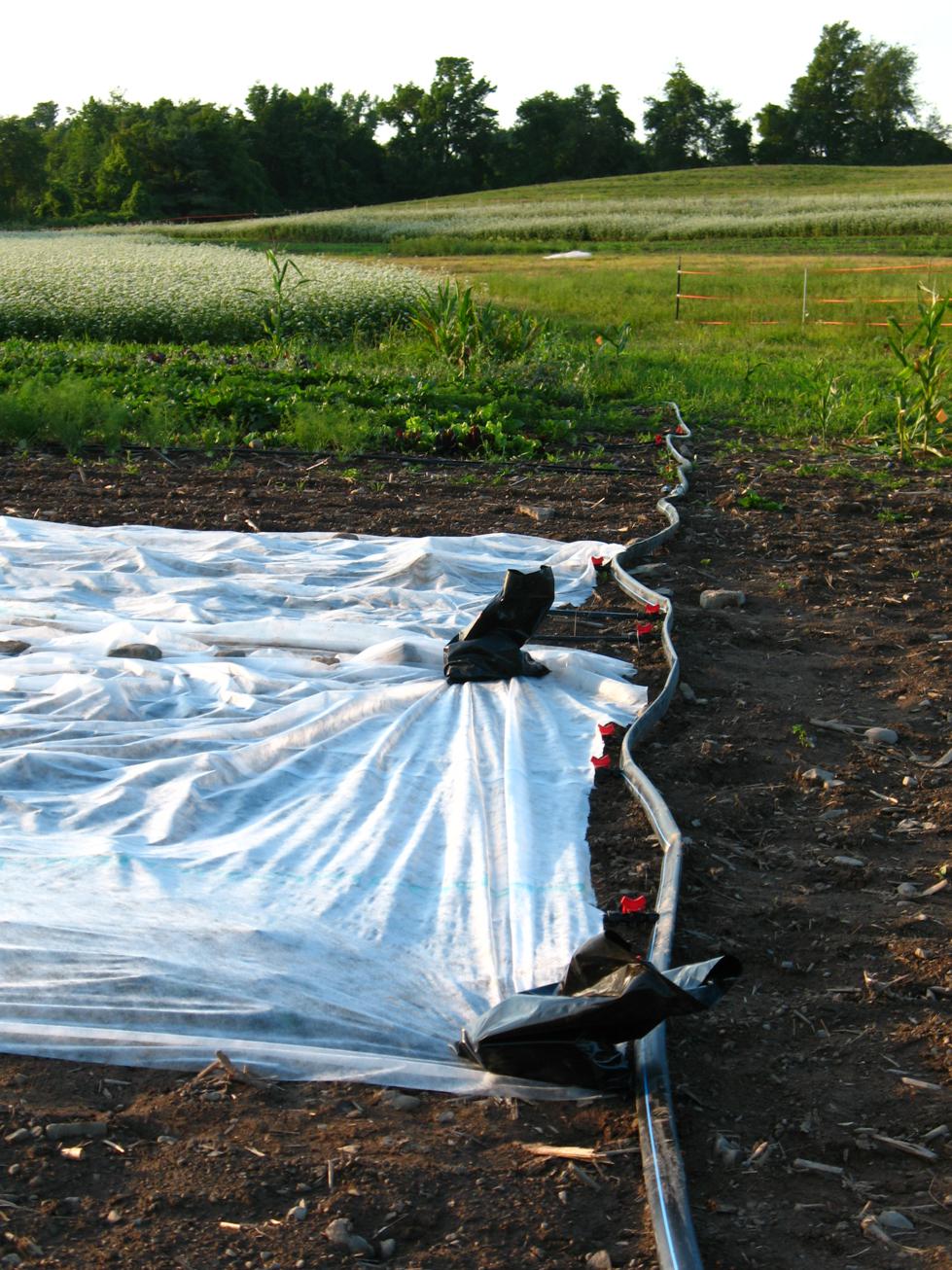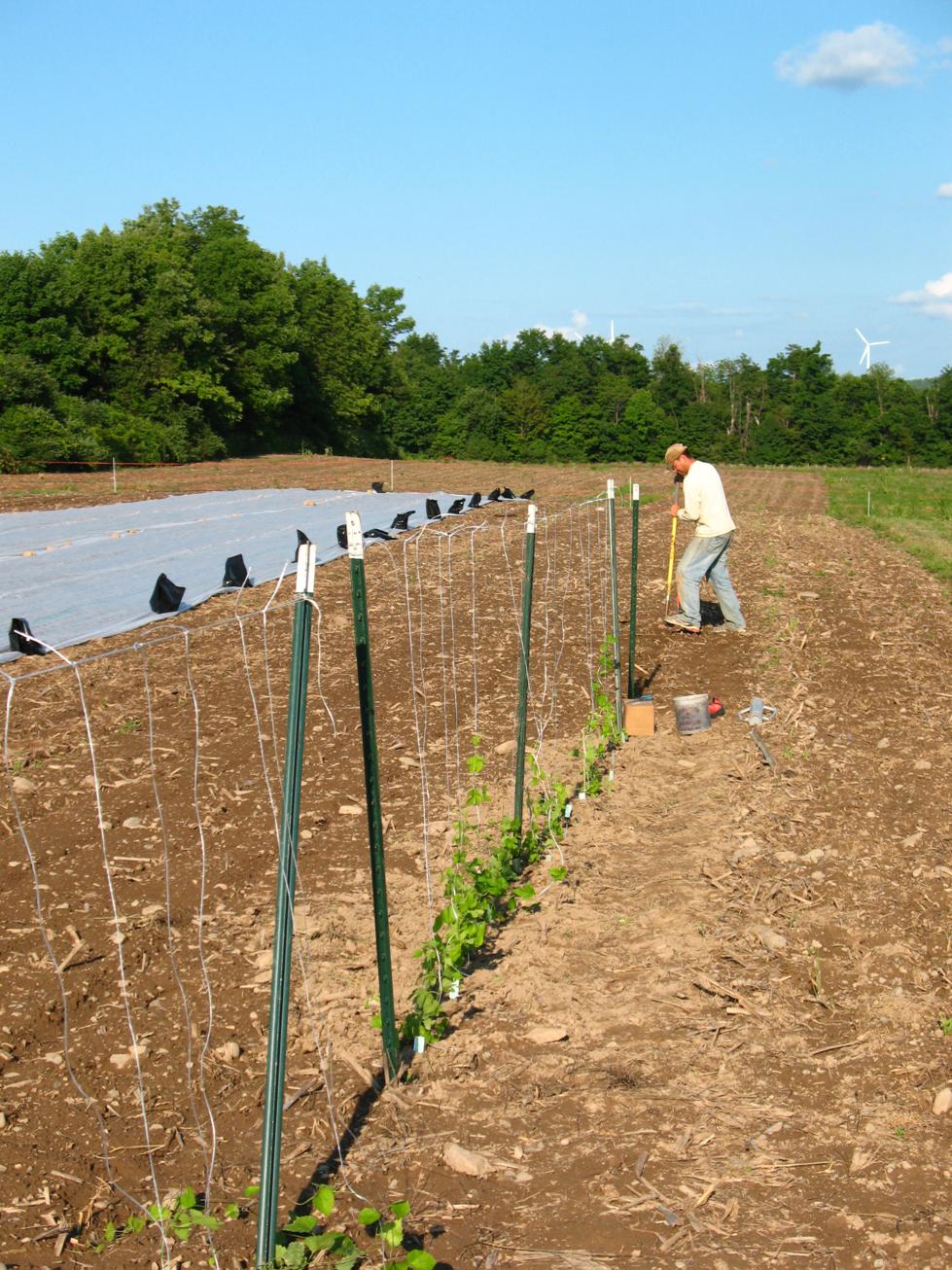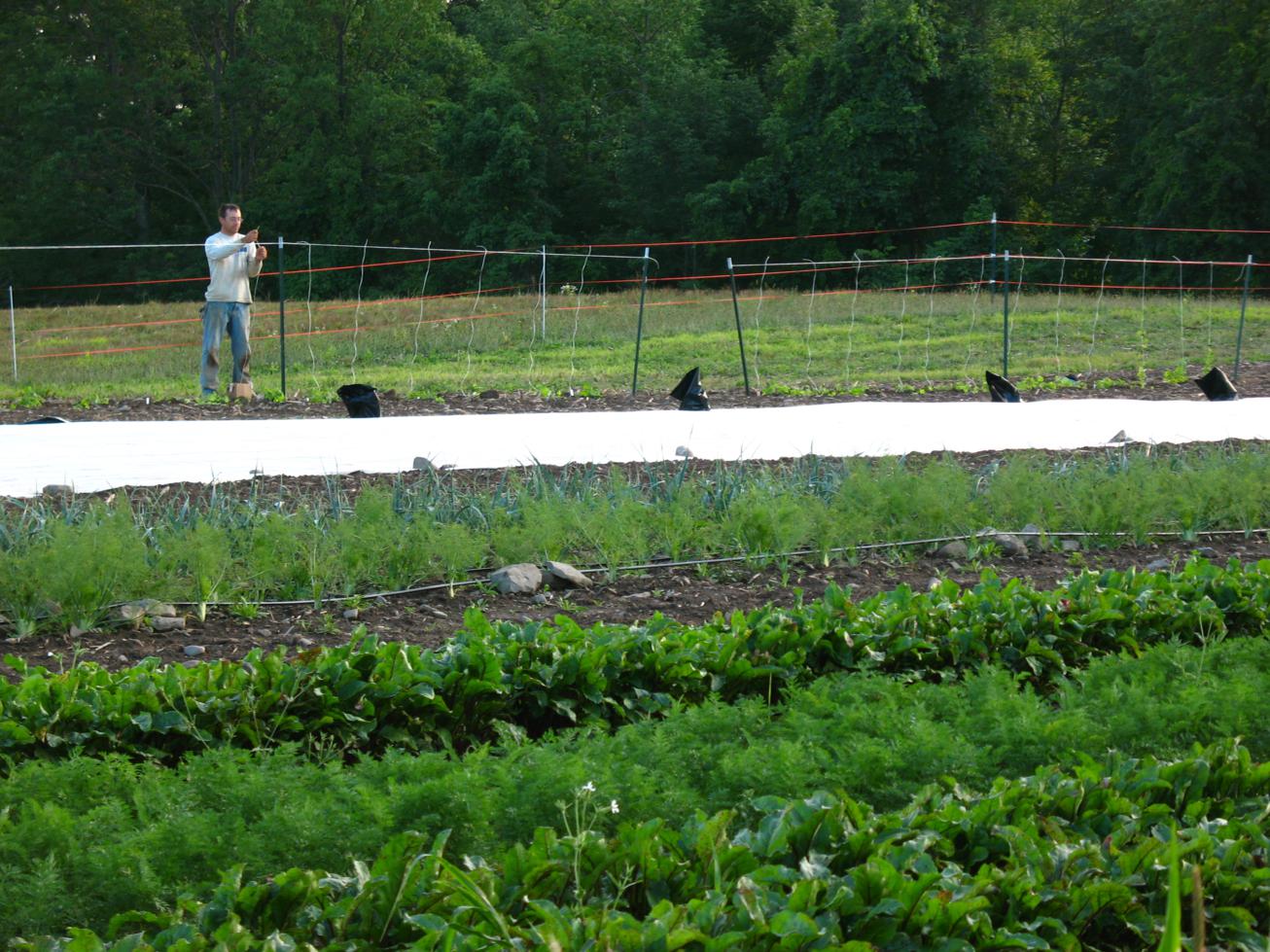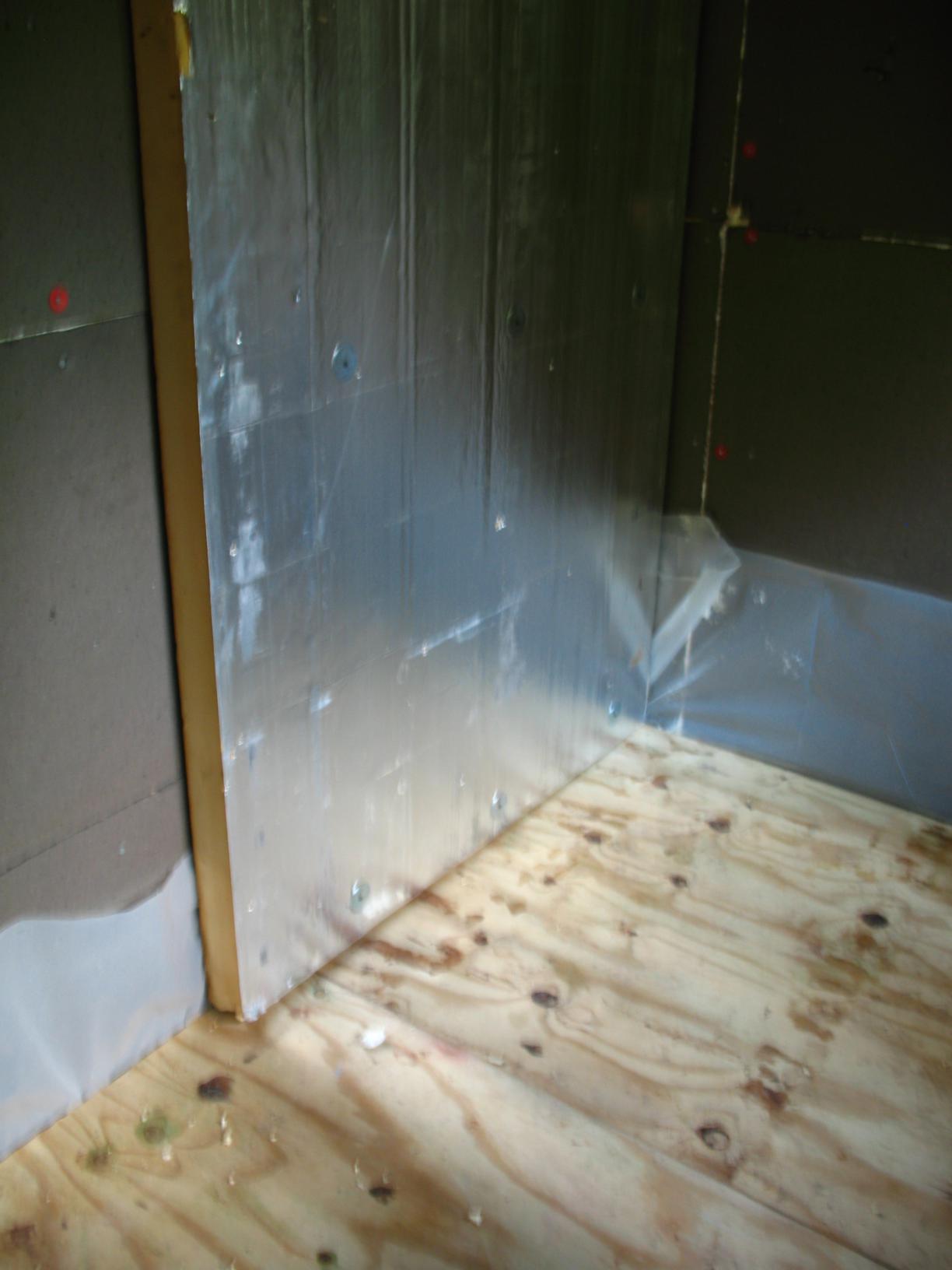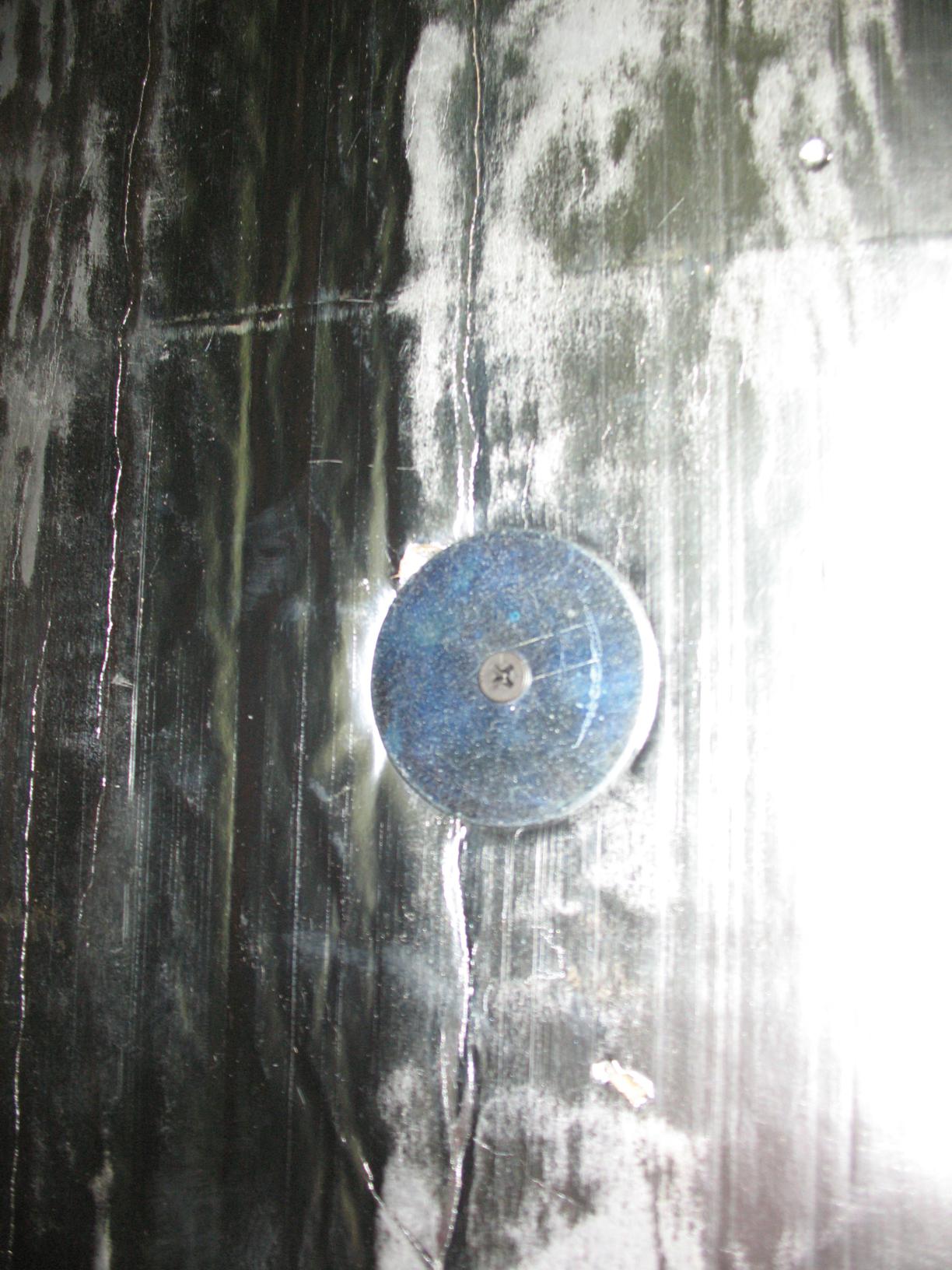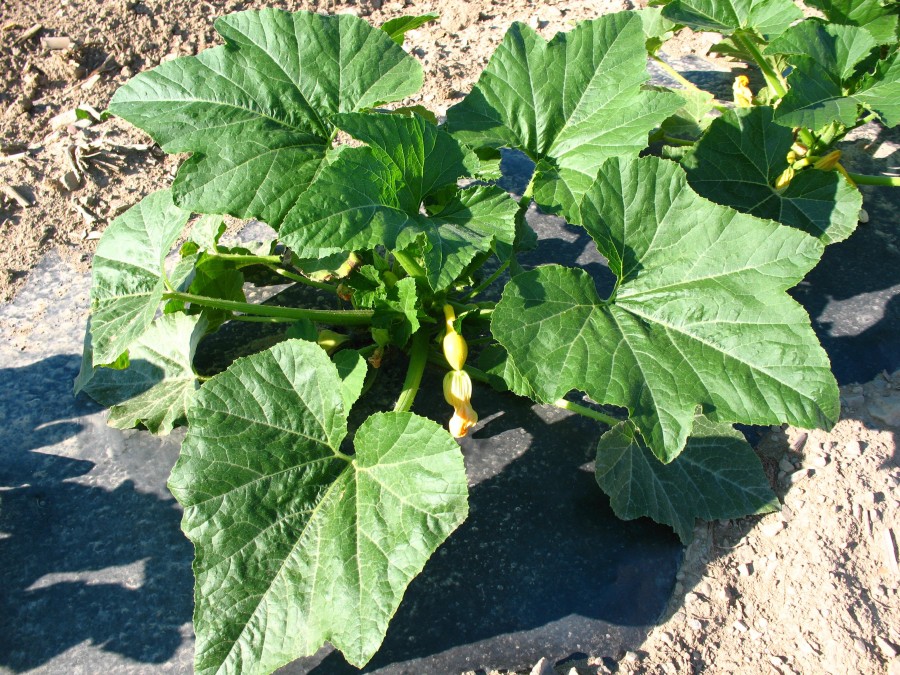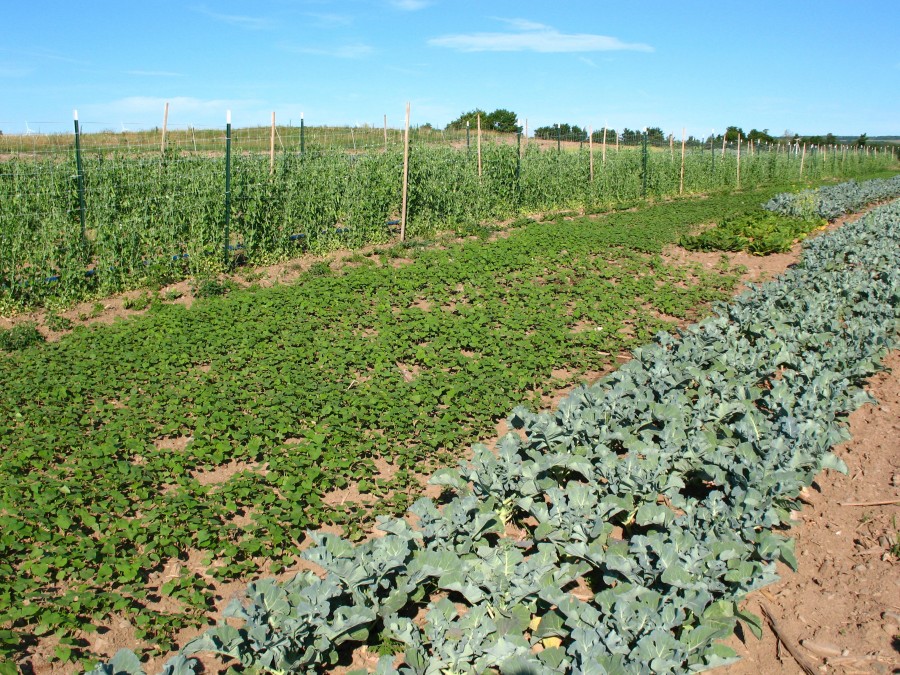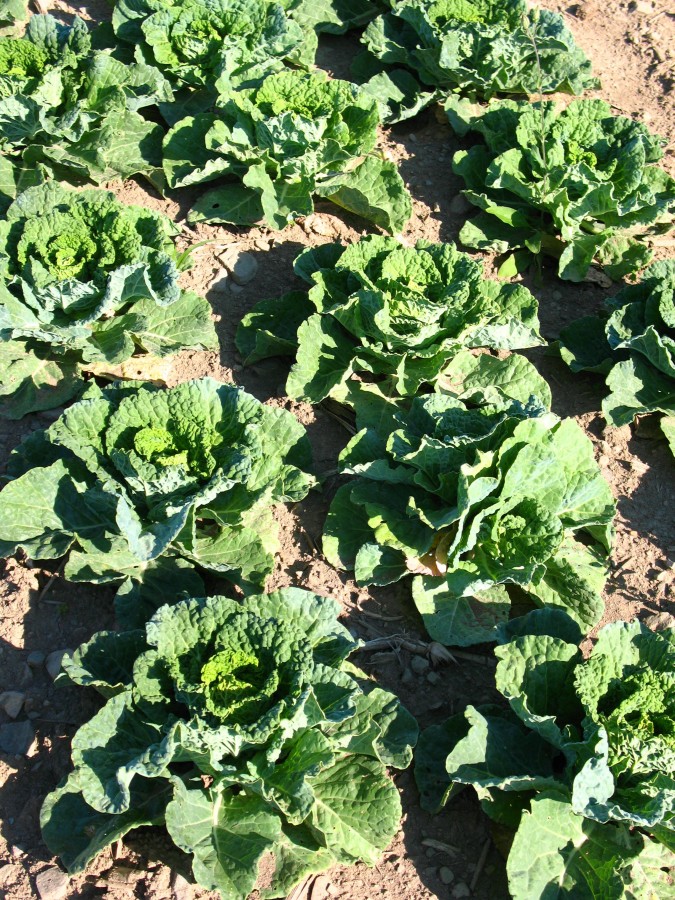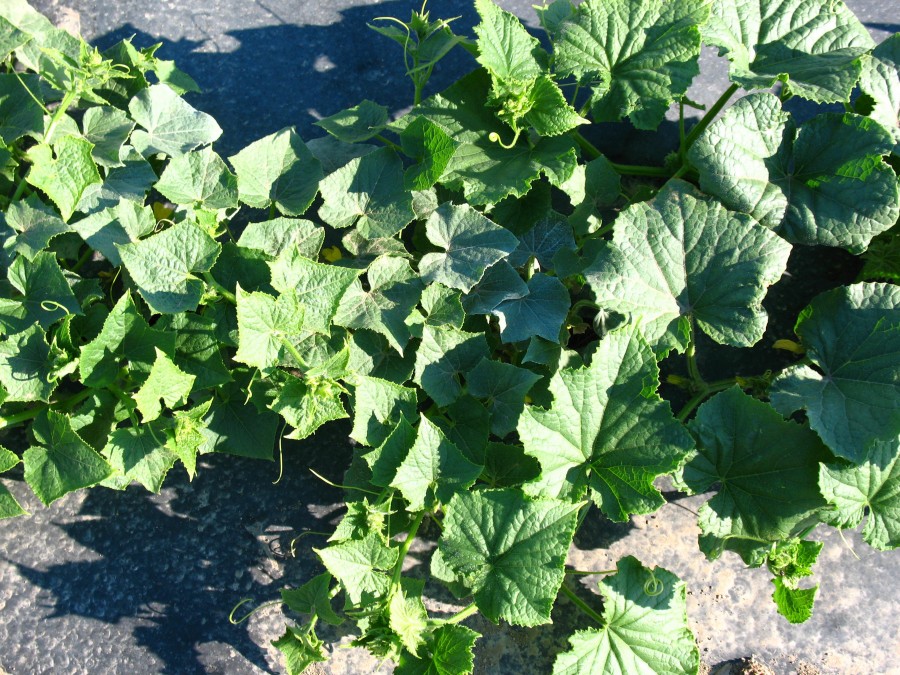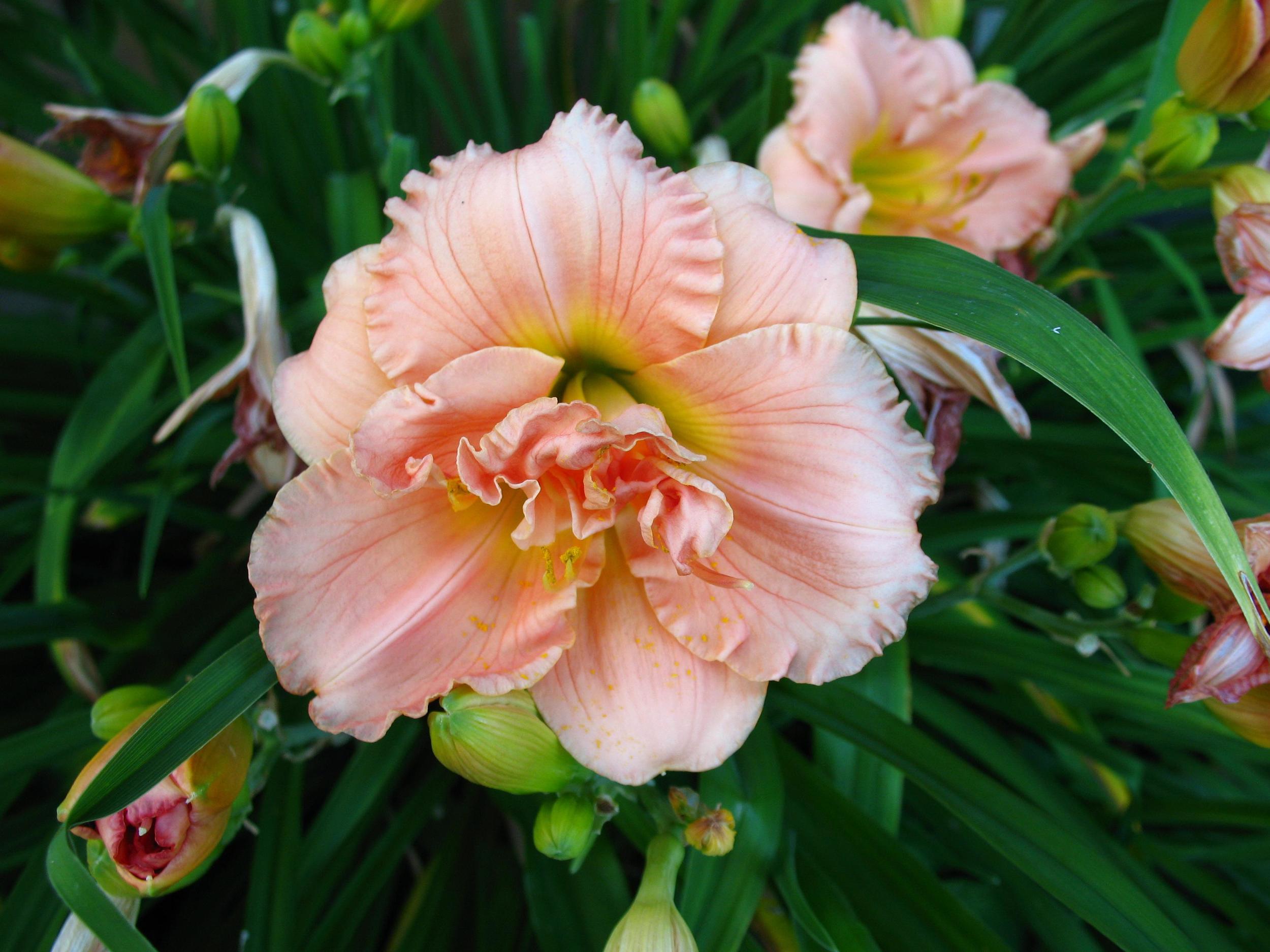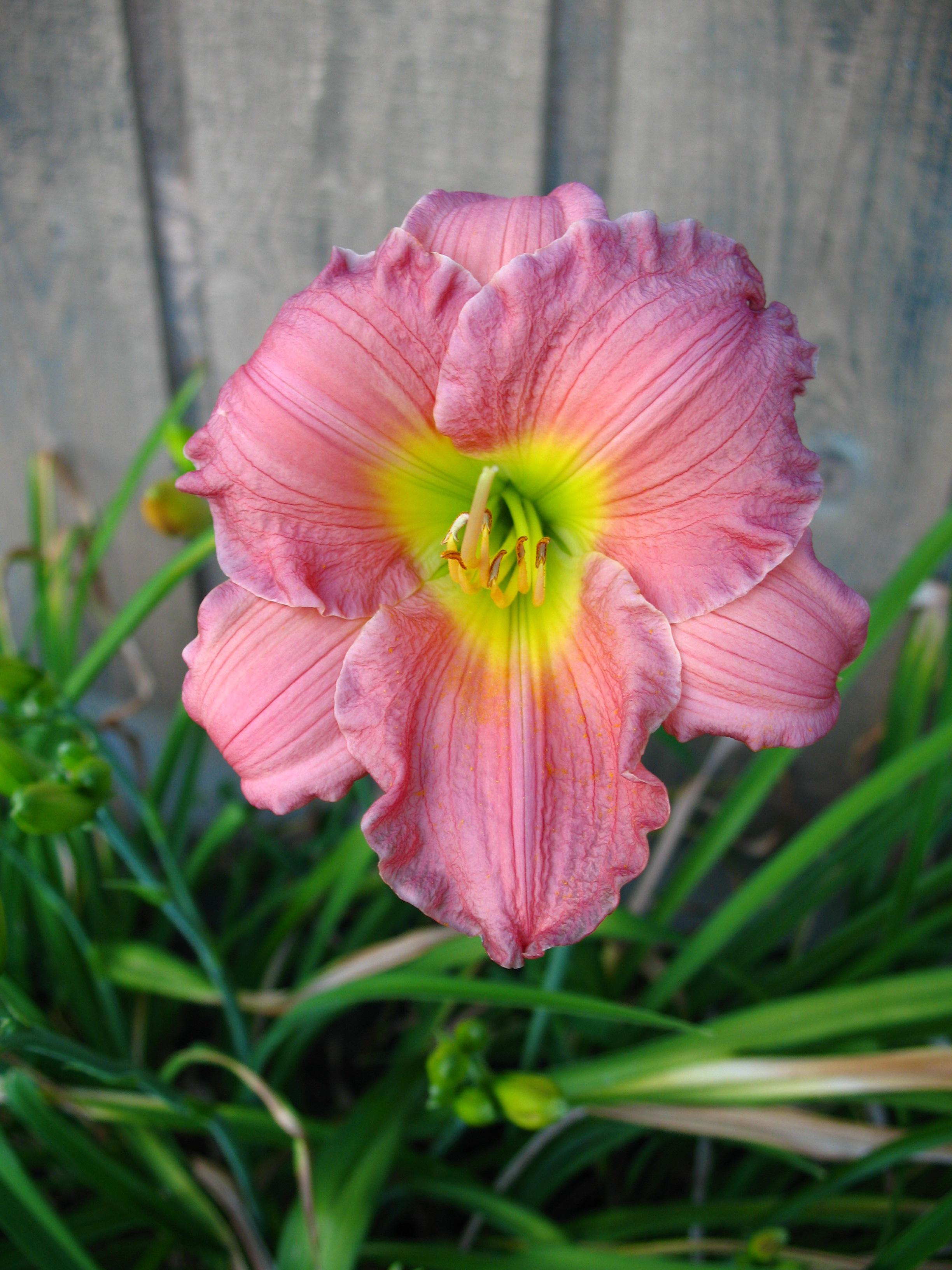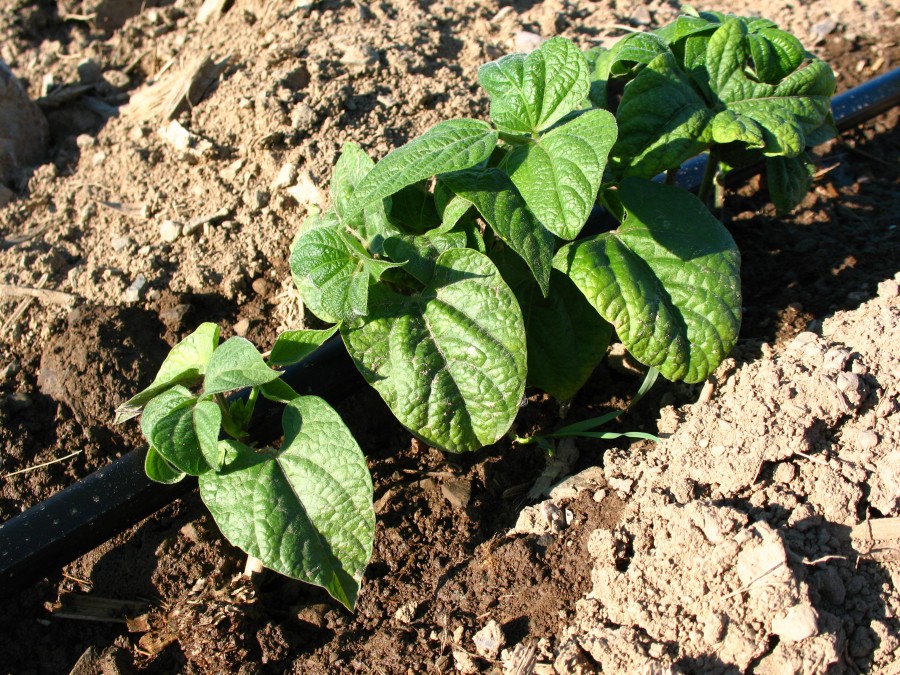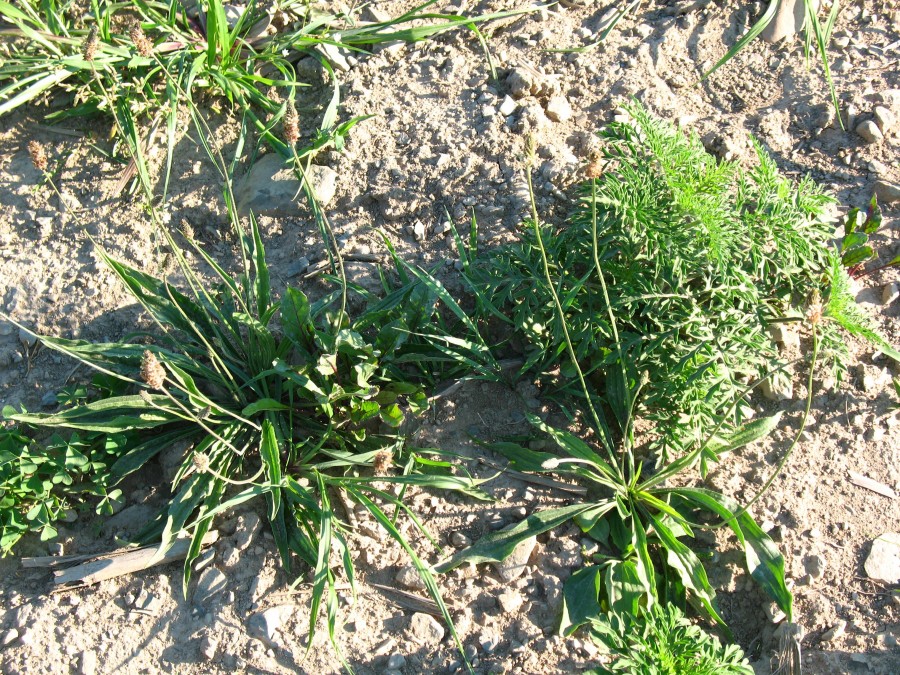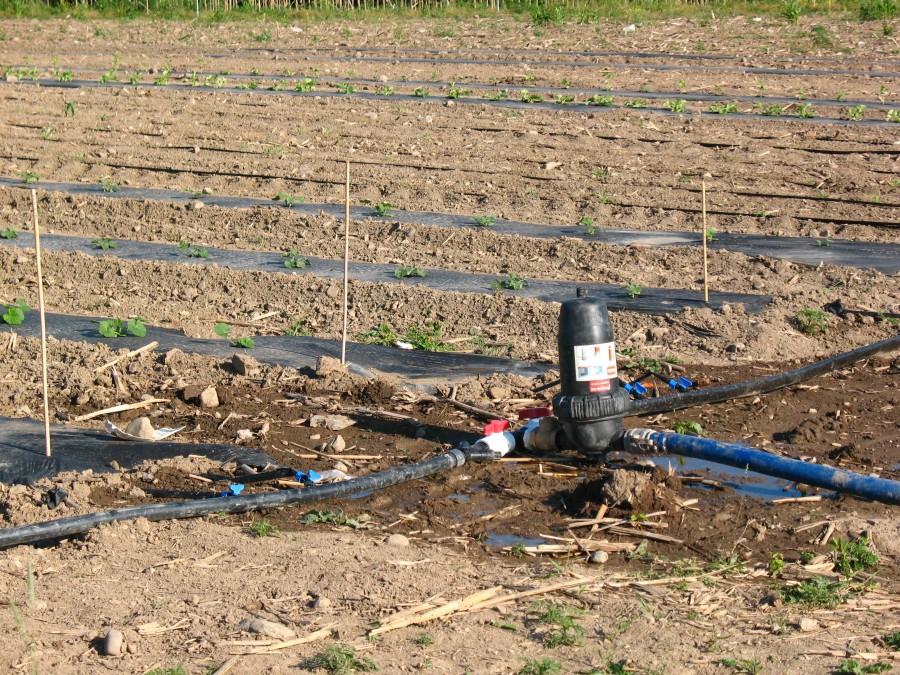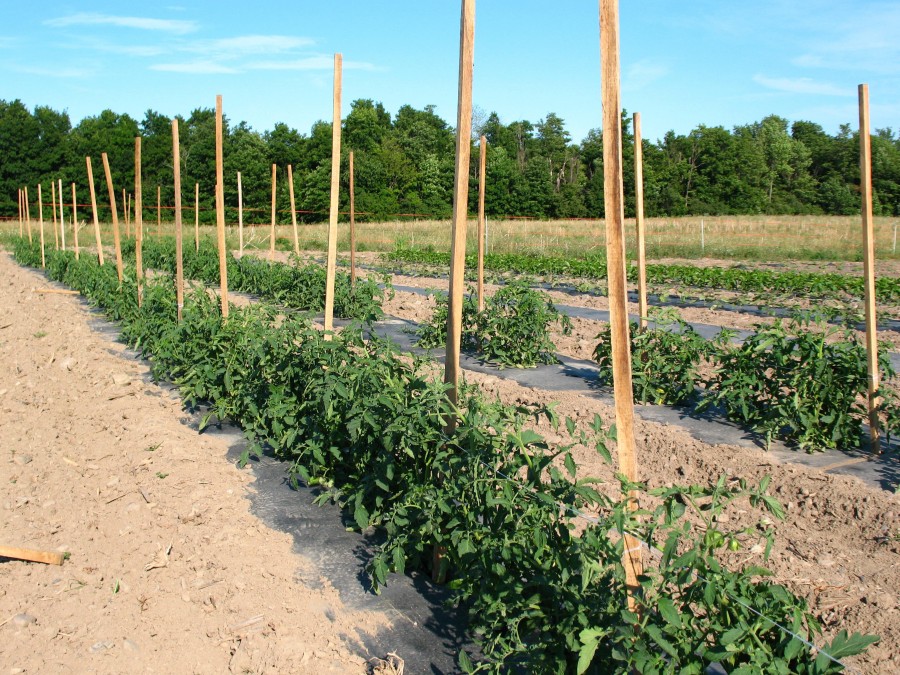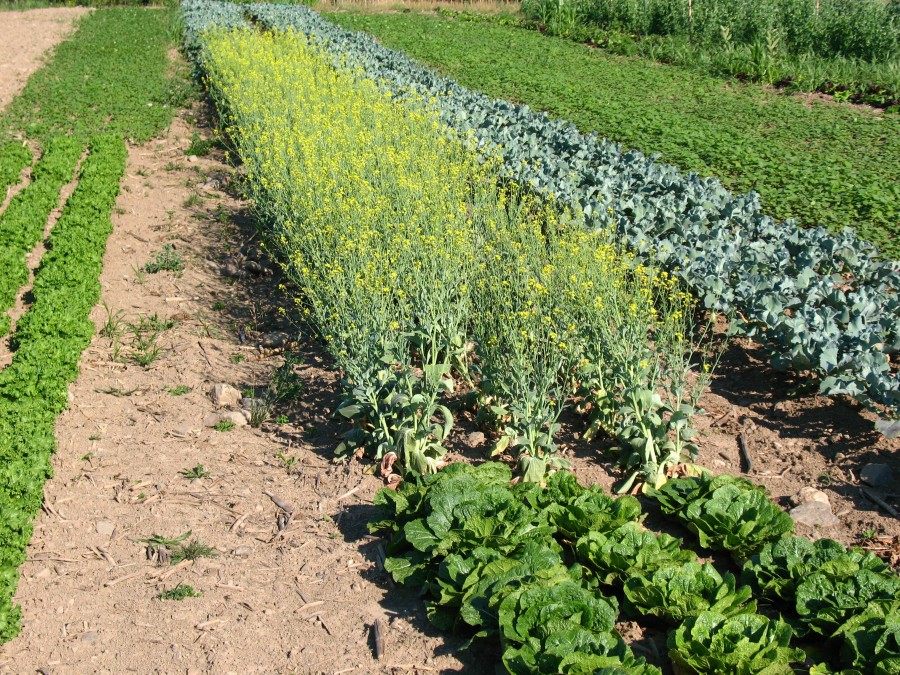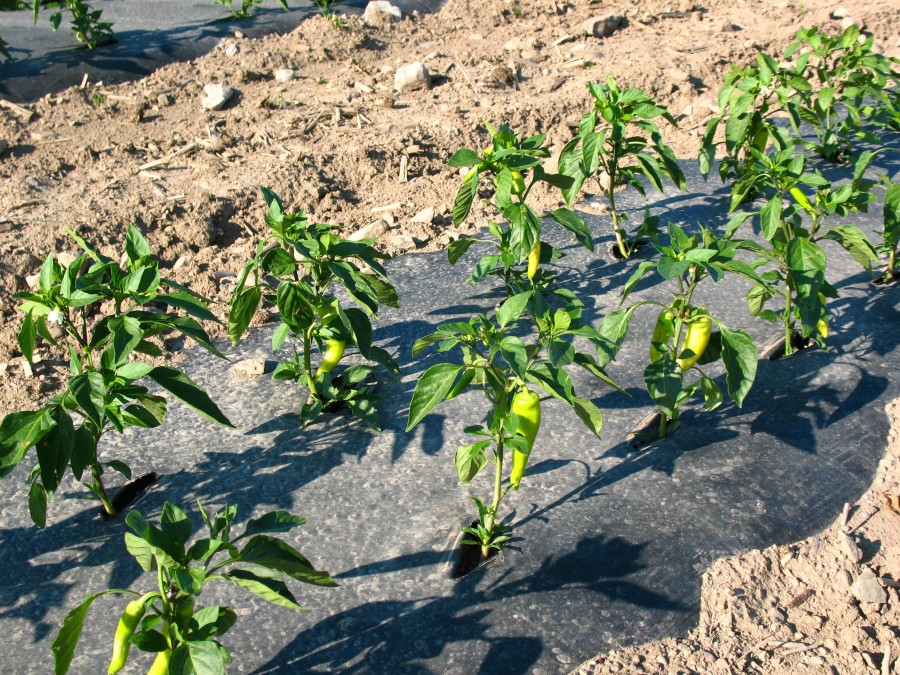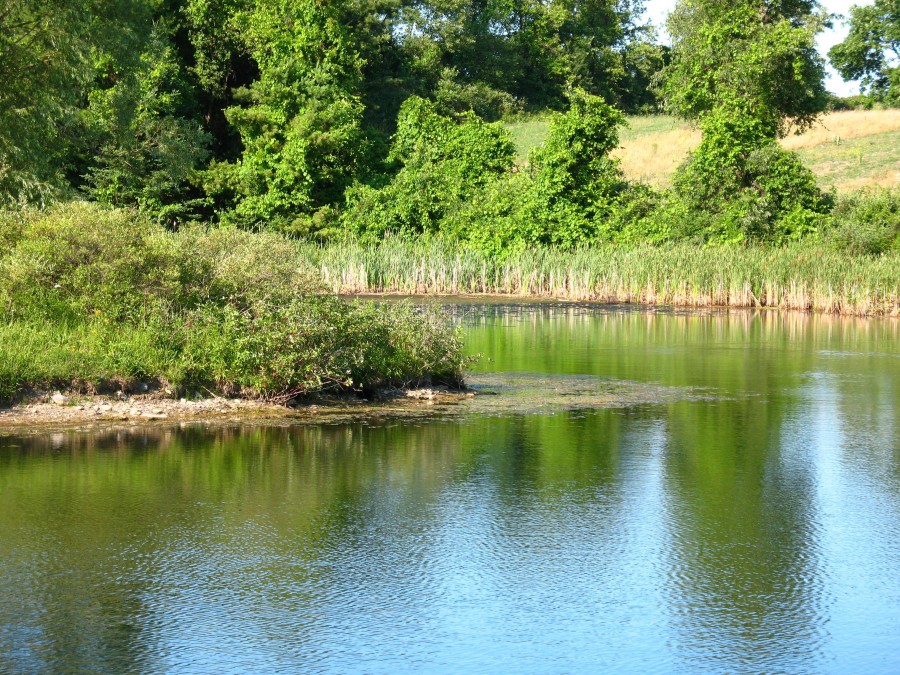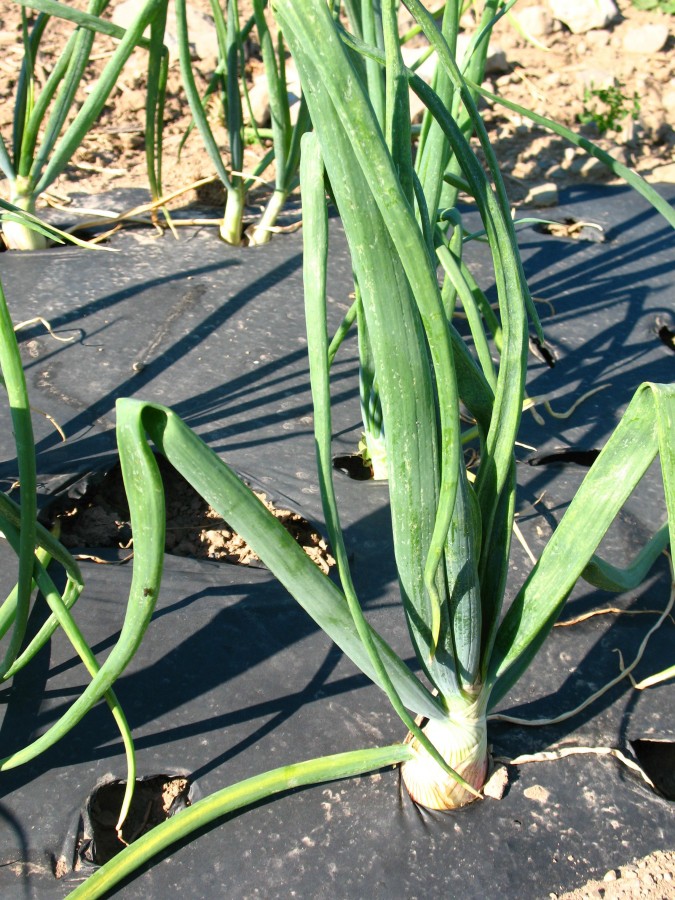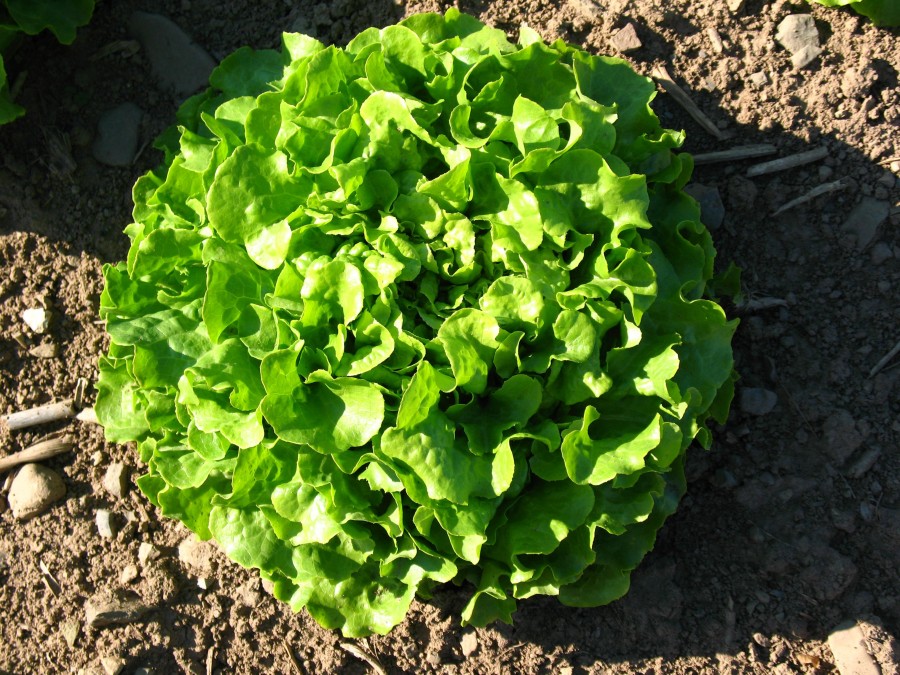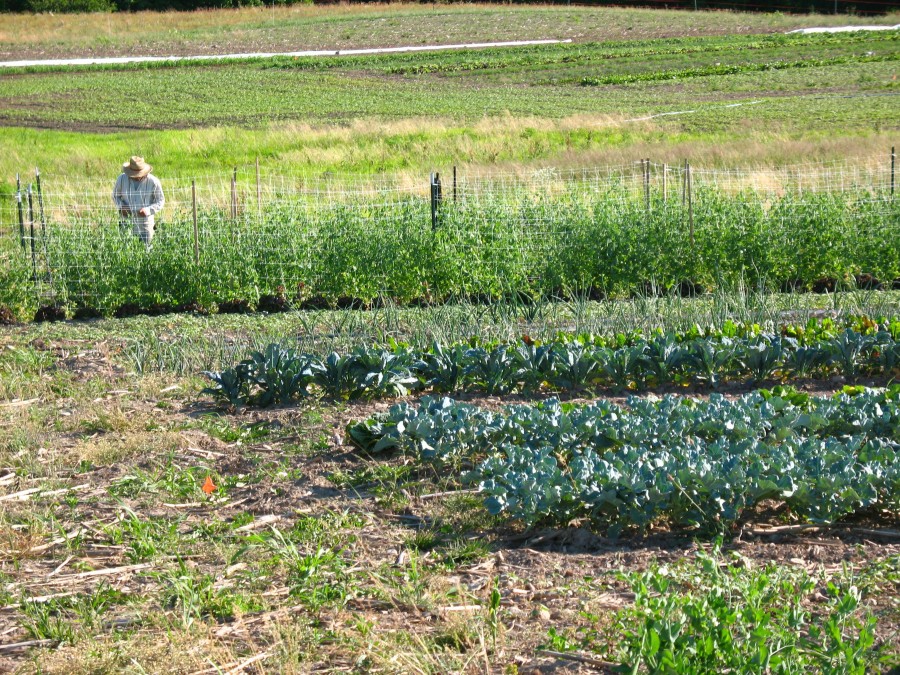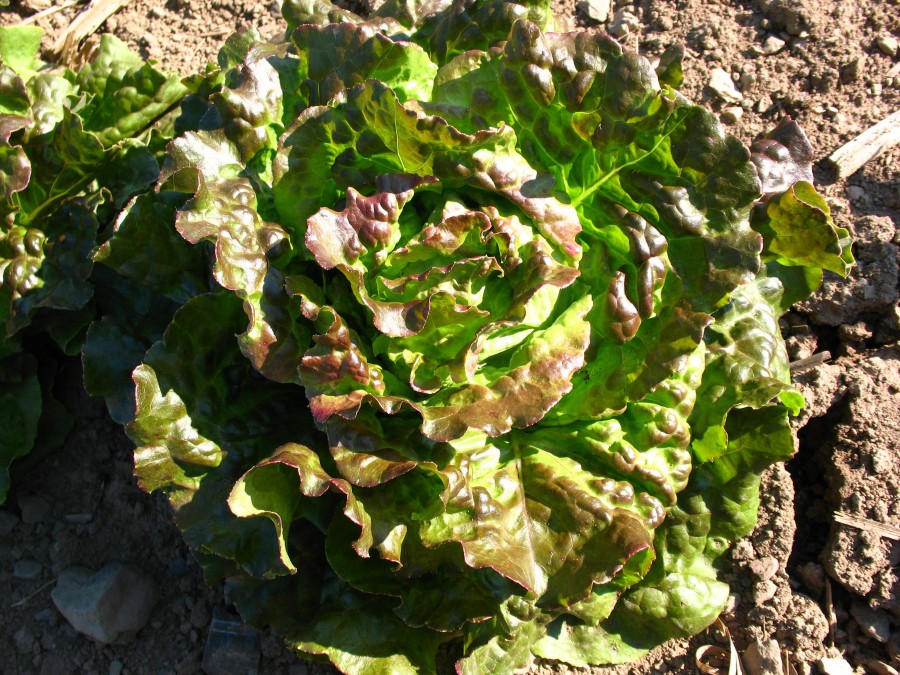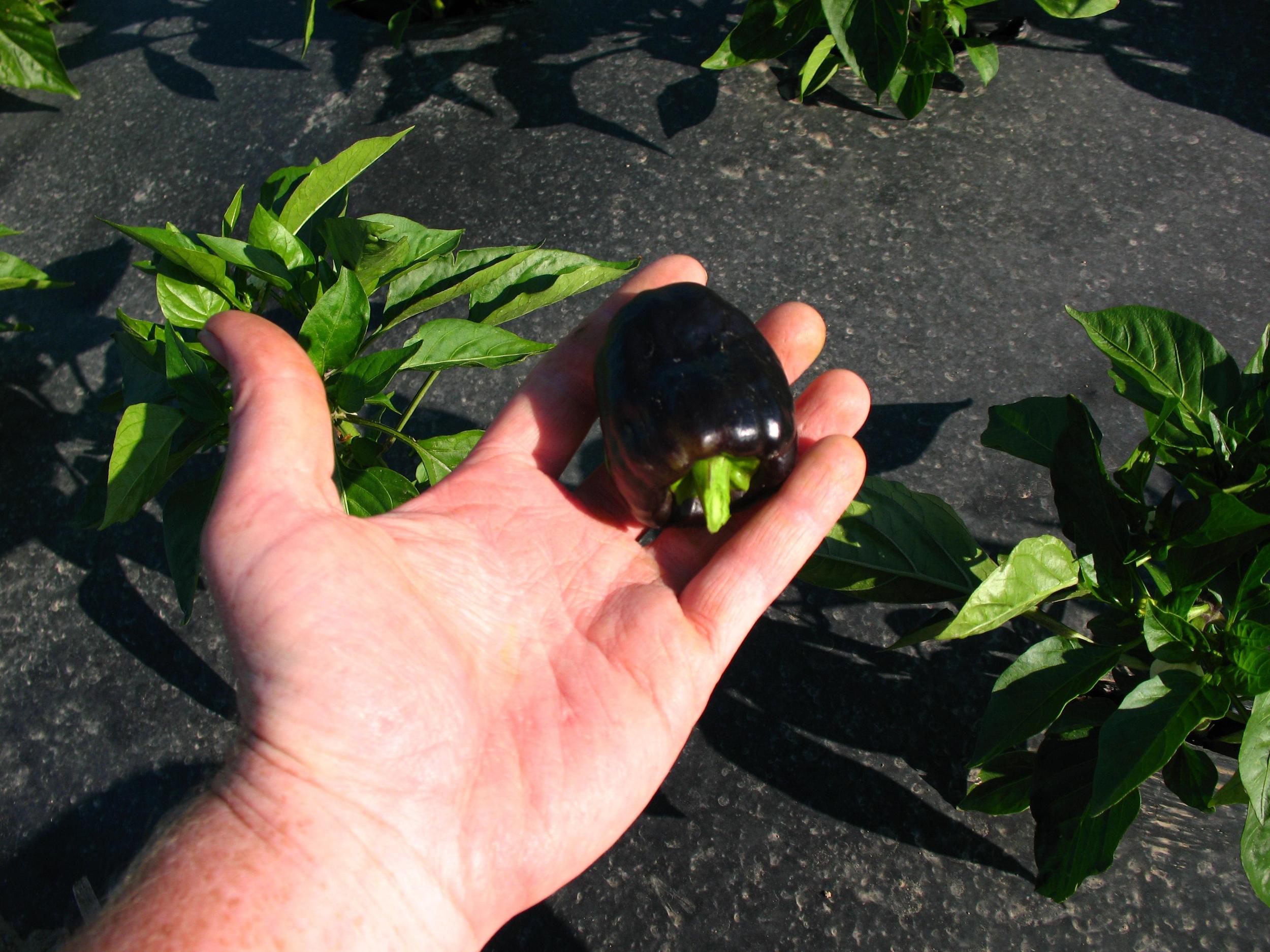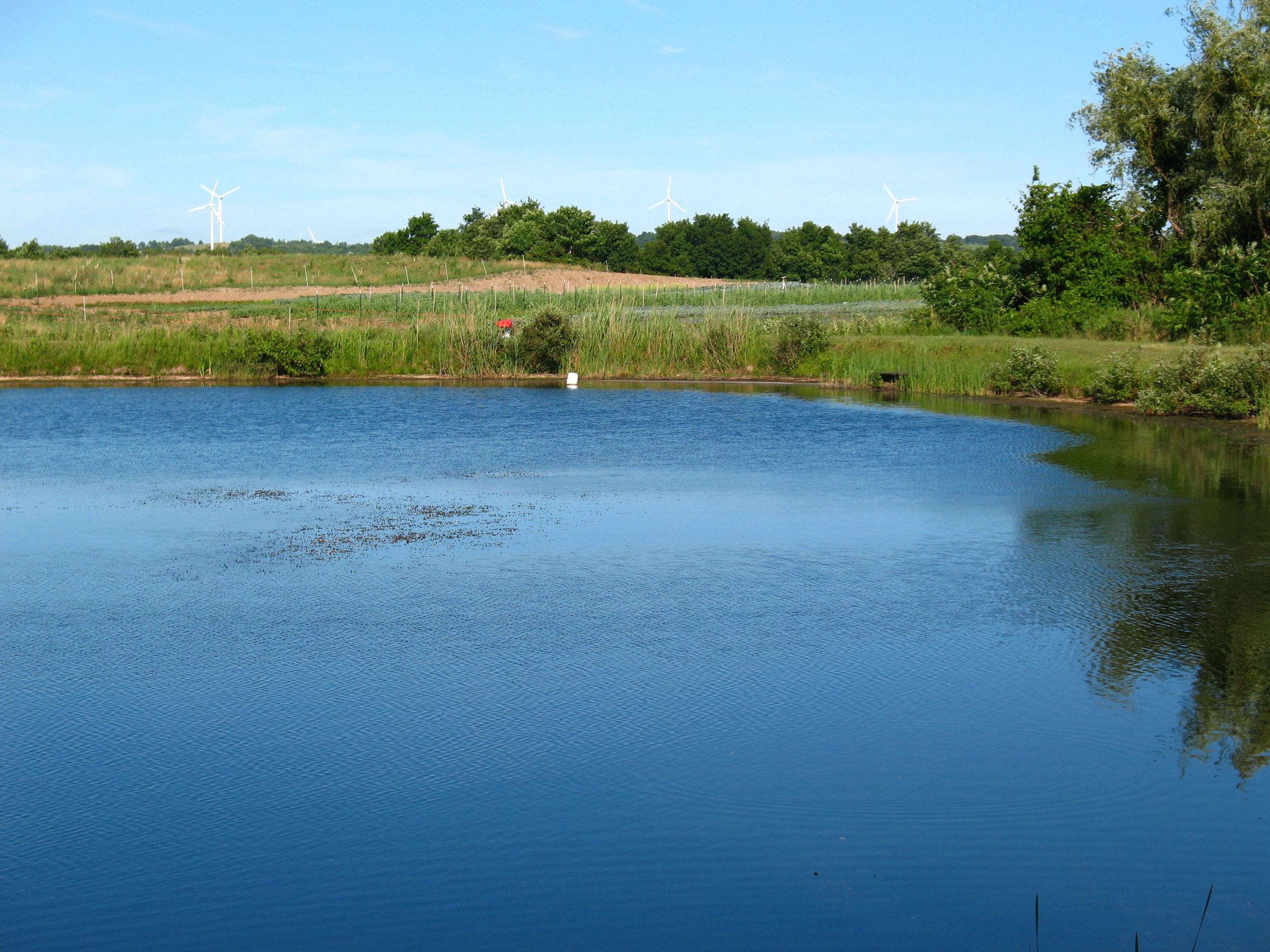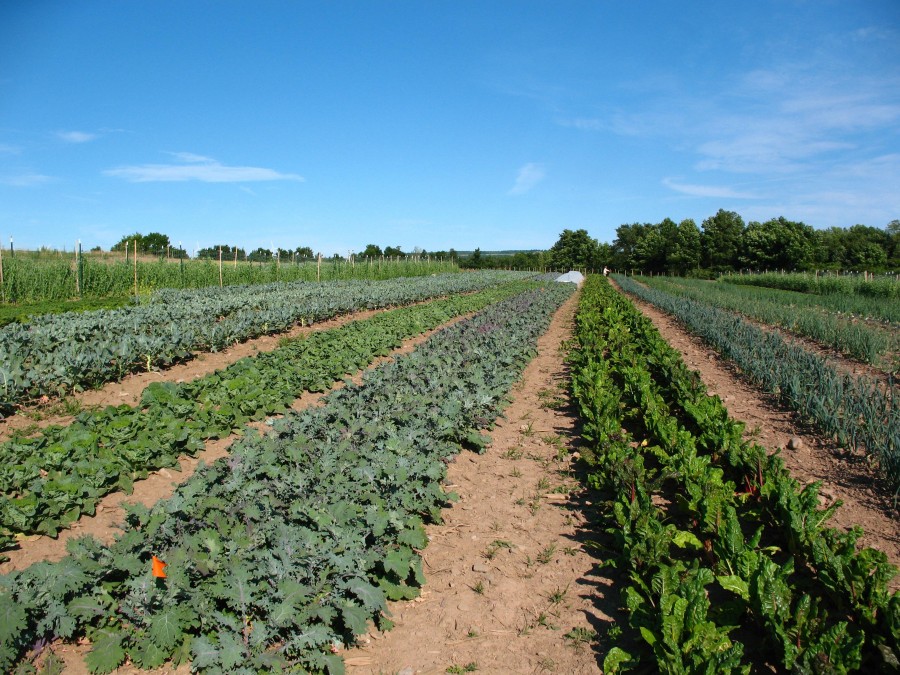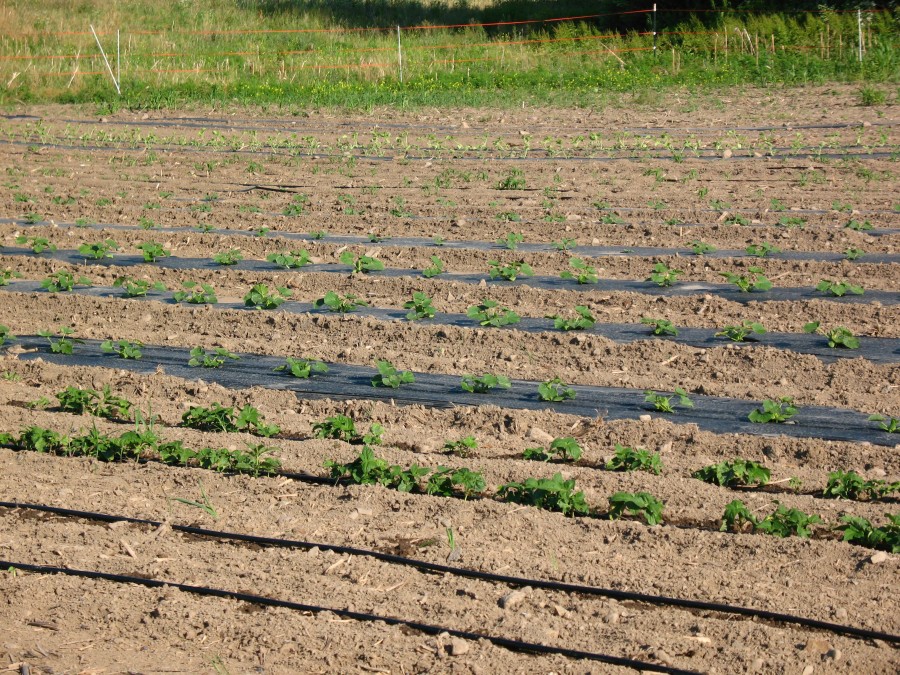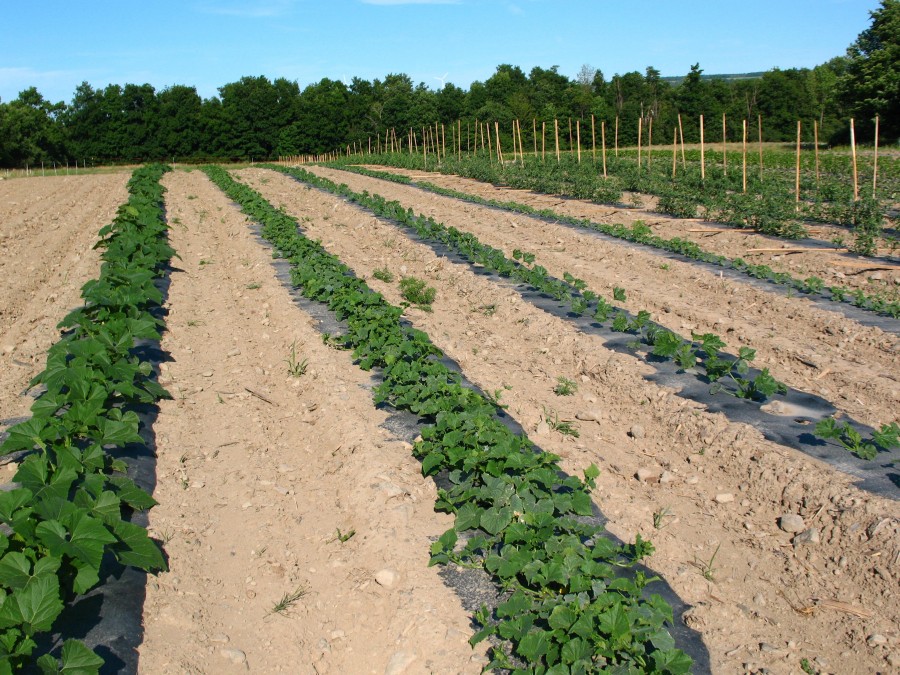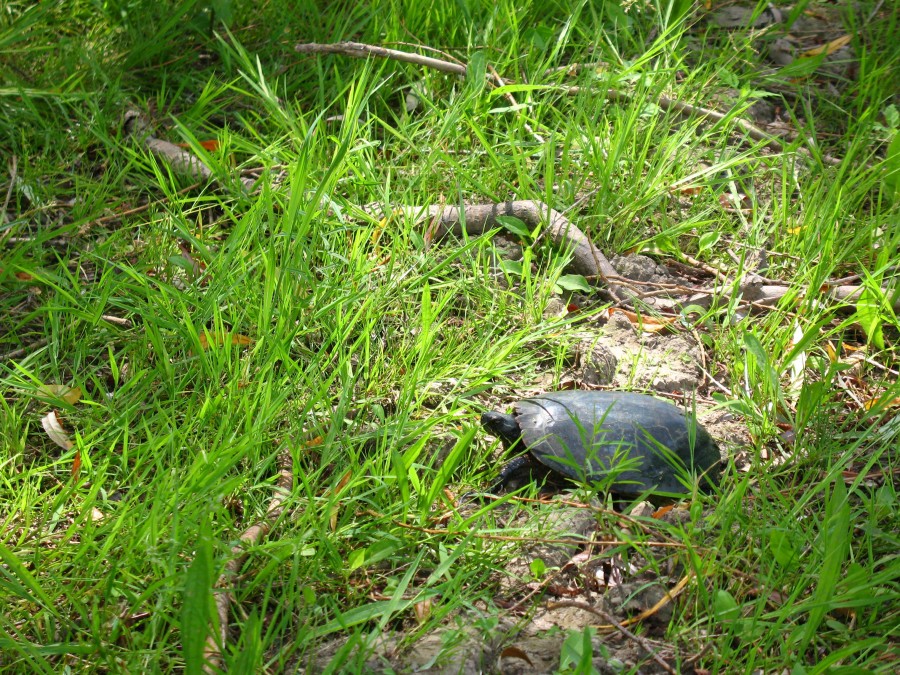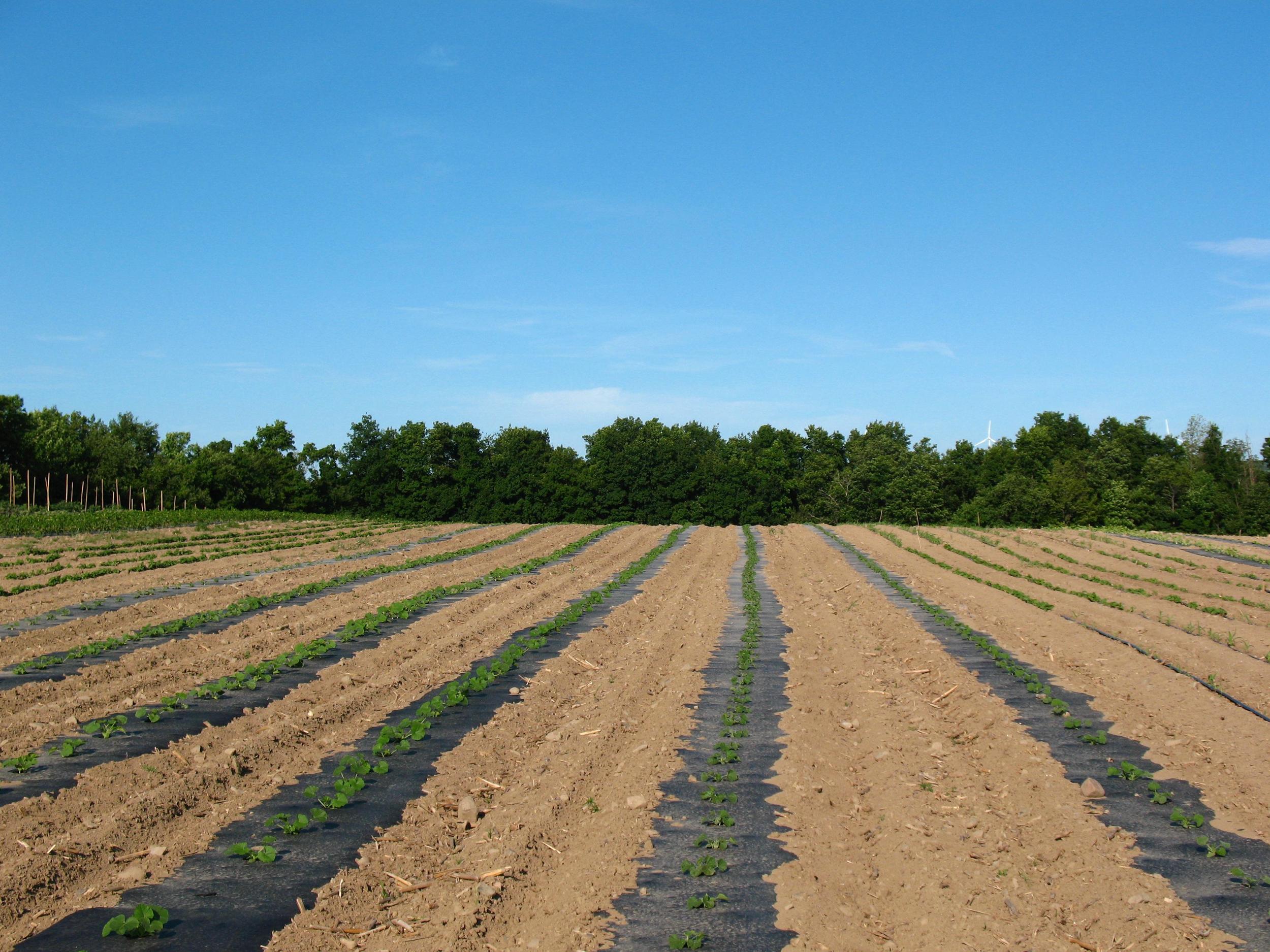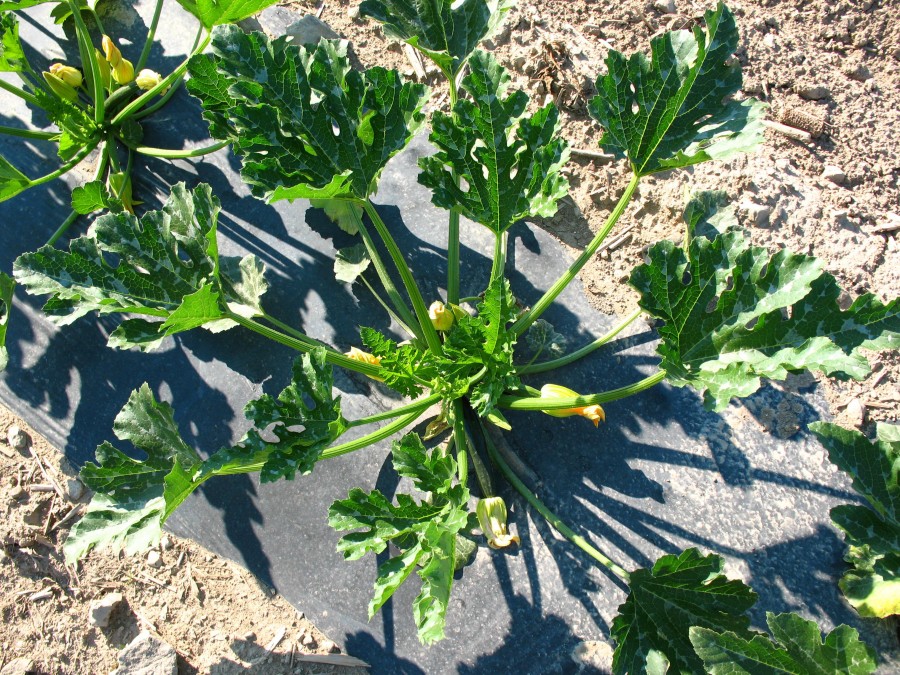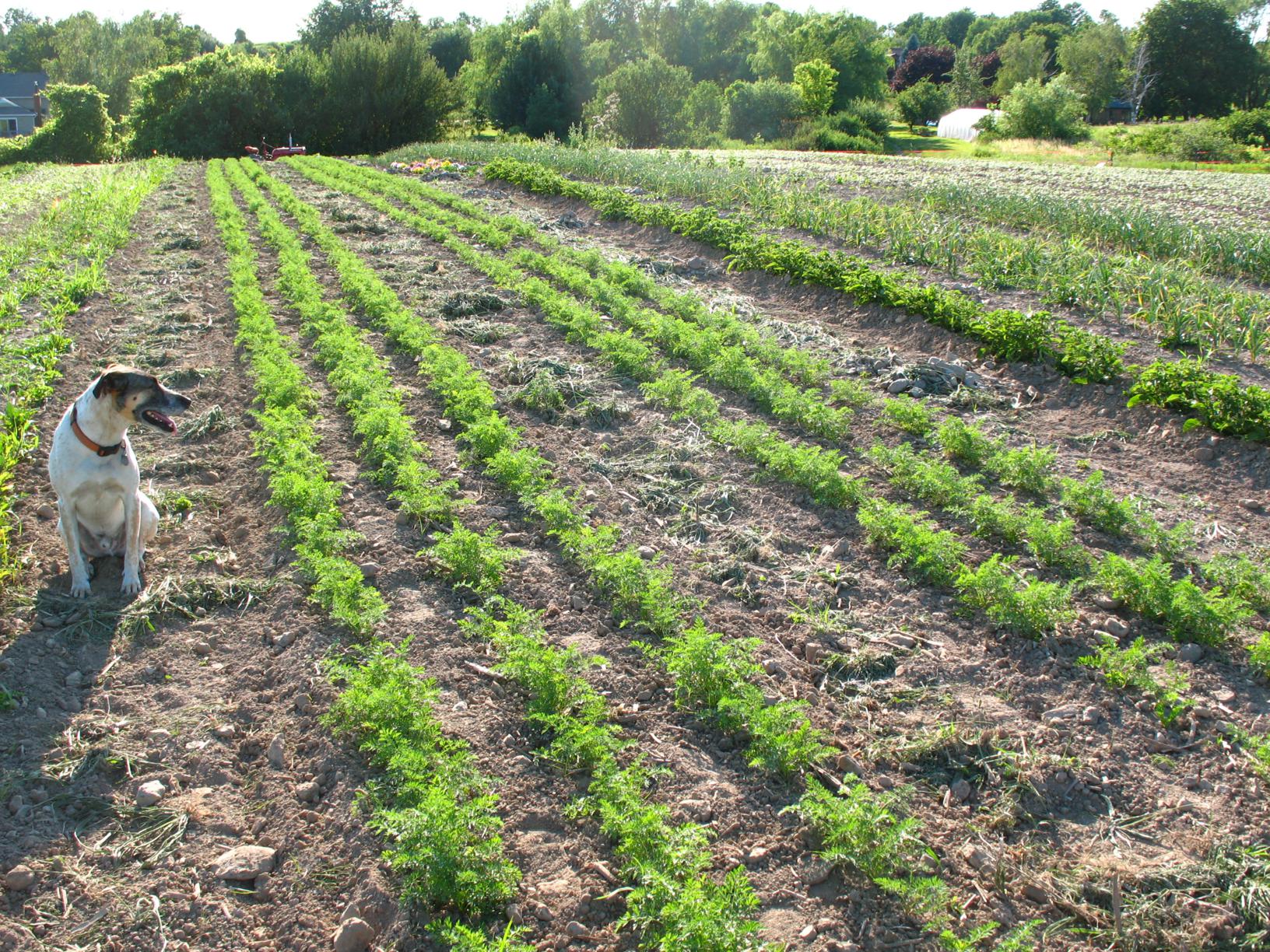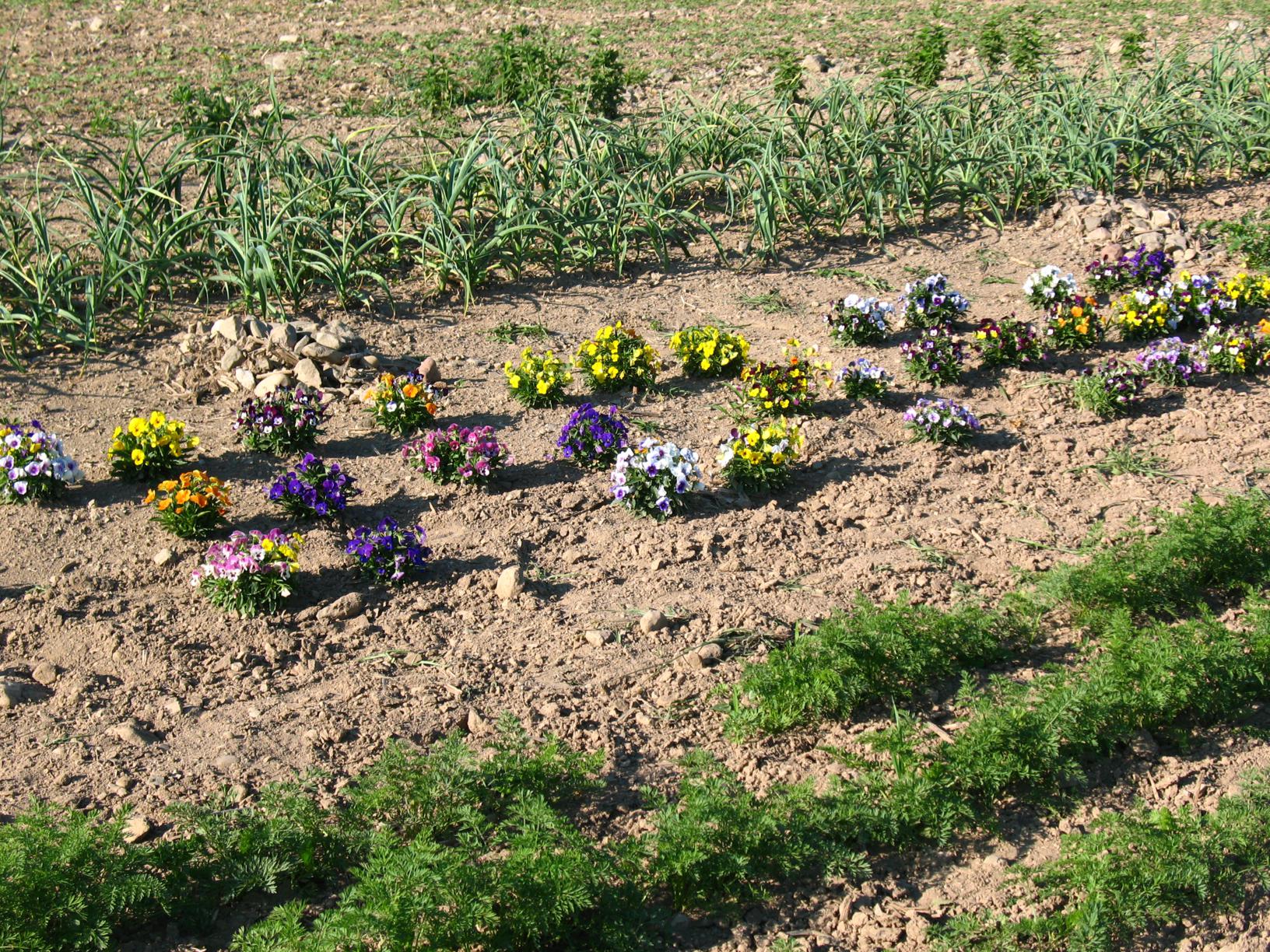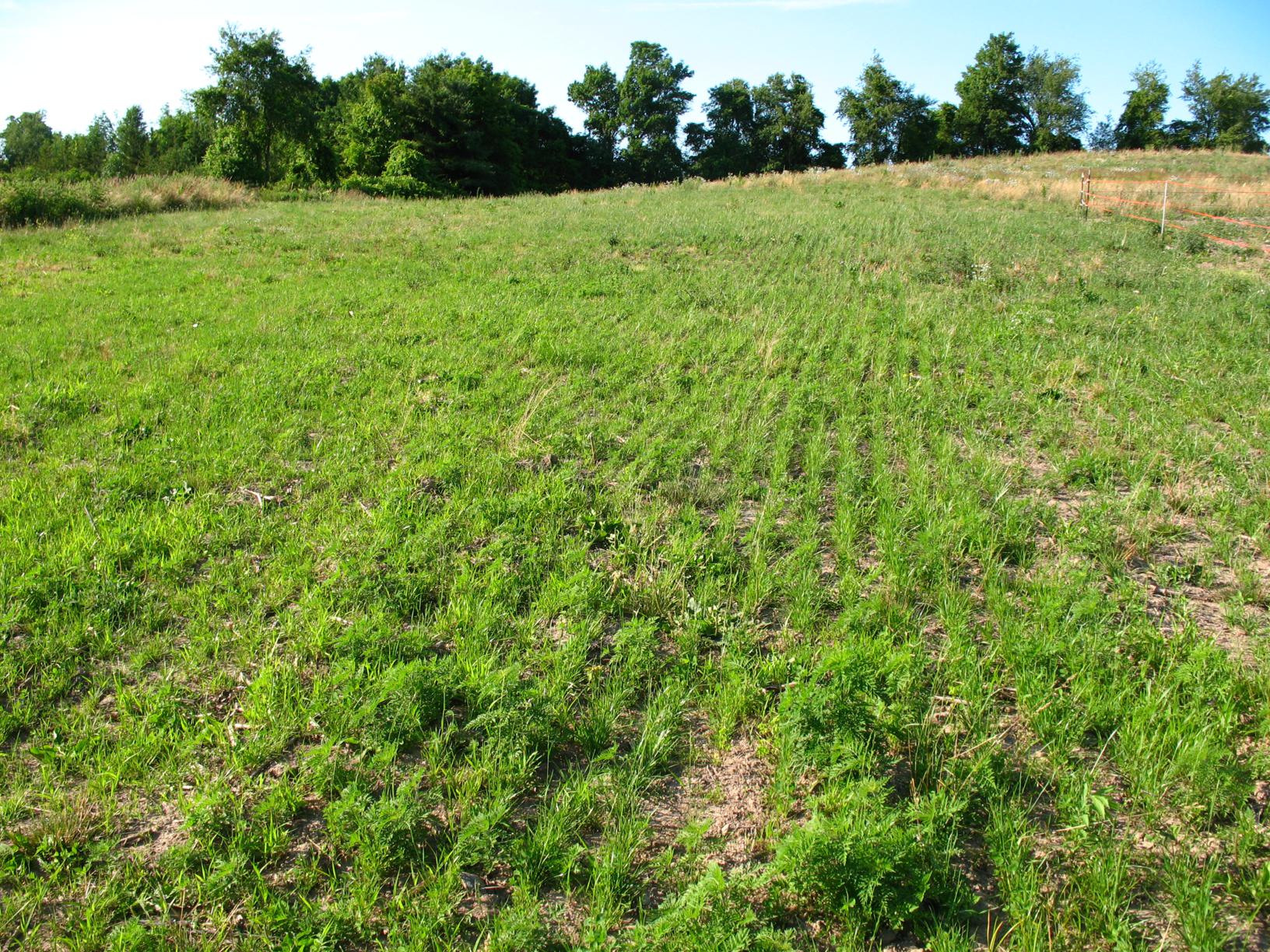Fruitful Experimentations
/The nights are starting to get colder and summer crops are slowing down their production. So, apparently, are farmers--we've been too busy to blog much during August, but with the shortening days we now have more hours after dark to catch up! Here are just a few random pictures from the last month of what's going on in the fields... we will be blogging more regularly now that the peak busy time of the year is receding! These picture show some of the different crops we tried out on our new land (which in itself is a total experiment!)... most have been doing well.
Below are our indomitable eggplant and peppers. We anticipated 1 to 3 fruits a plant, given how north we are. But so far it's been closer to 10 to 15 fruits a plant, despite considerable flea beetle pest pressure! The black plastic mulch does seem to boost soil temps just enough to let the plants really thrive, even in a northern region. Next year we will try some hotter weather loving cultivars too.
Another winner (we hope) so far this year are some of the winter squash, which are mostly giant. We think for both the eggplant and the squash it's the high calcium soil (since fruit crops tend to like lots of calcium). Hopefully this translates into sweetness in the squash too!
Another winner (and fruit)--watermelons! We just grew one variety this year, but they have been very prolific and sweet, so next year we will try adding yellow flesh melons and full size cultivars. The cantaloupe and honeydew have also been very good--we just need to address the powdery mildew challenges, perhaps by planting a bit earlier.
This is our stand of popcorn. We aren't really sure how tall popcorn is supposed to grow, but it's about 9 feet right now, despite the drought (though we cheated and had it on drip irrigation). Ears are starting to fill out now, so hopefully the weather holds long enough for a good yield!
The ongoing drought meant that we had to add another drip zone for our larger fall crops. Even then, with the soil so dry to begin with, we have struggled to provide enough water for the plants to grow. We did invest in some row cover (the white stuff in the picture) in an attempt to exclude the flea beetles from the crops.
Overall, the crops seem to be growing well on the new ground. There has been a few bug problems, but considering how stressed out the plants must be with the drought, the bugs have not been out of control (except on the poor kale). We look forward to a good fall harvest, and lots of ideas and plans forming over the winter for next year!
More blogging within a week, we promise!


